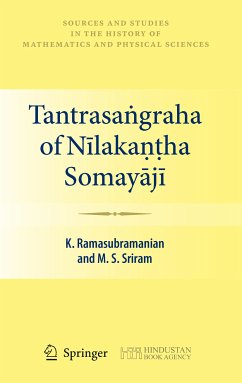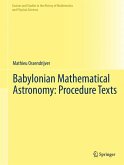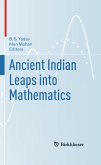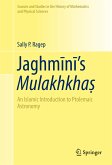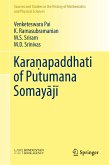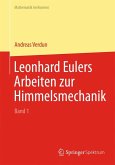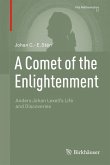Several important innovations in mathematical technique are also to be found in Tantrasägraha, especially related to the computation of accurate sine tables, the use of series for evaluating the sine and cosine functions, and a systematic treatment of the problems related to the diurnal motion of the celestial objects. The spherical trigonometry relations presented in the text-applied to a variety of problemssuch as the computation eclipses, elevation of the moon's cusps and so forth-are also exact.
In preparing the translation and explanatory notes, the authors have used authentic Sanskrit editions of Tantrasägraha by Suranad Kunjan Pillai and K V Sarma. The text consists of eight chapters-mean londitudes, true longitues, gnomonic shadow, lunar eclipse, solar eclipse, vyatipata, reduction to observation and elevation of the moon's cusps-and 432 verses. All the verses have been translated into English and are supplemented with detailed explanations including all mathematical relations, figures and tables using modern mathematical notation.
This edition of Tantrasägraha will appeal to historians of astronomy as well as those who are keen to know about the actual computational procedures employed in Indian astronomy. It is a self-contained text with several appendices included, enabling the reader to comprehend the subject matter without the need for further research.
Dieser Download kann aus rechtlichen Gründen nur mit Rechnungsadresse in A, B, BG, CY, CZ, D, DK, EW, E, FIN, F, GR, HR, H, IRL, I, LT, L, LR, M, NL, PL, P, R, S, SLO, SK ausgeliefert werden.
"The book ... serve as a reasonably self-contained introduction to mathematical astronomy as practiced in classical India. This volume will be of interest to general historians of mathematics, and also to those mathematicians who have some knowledge of Sanskrit and who would like to read Indian mathematical texts in the original ... ." (Homer White, The Mathematical Association of America, August, 2012)

